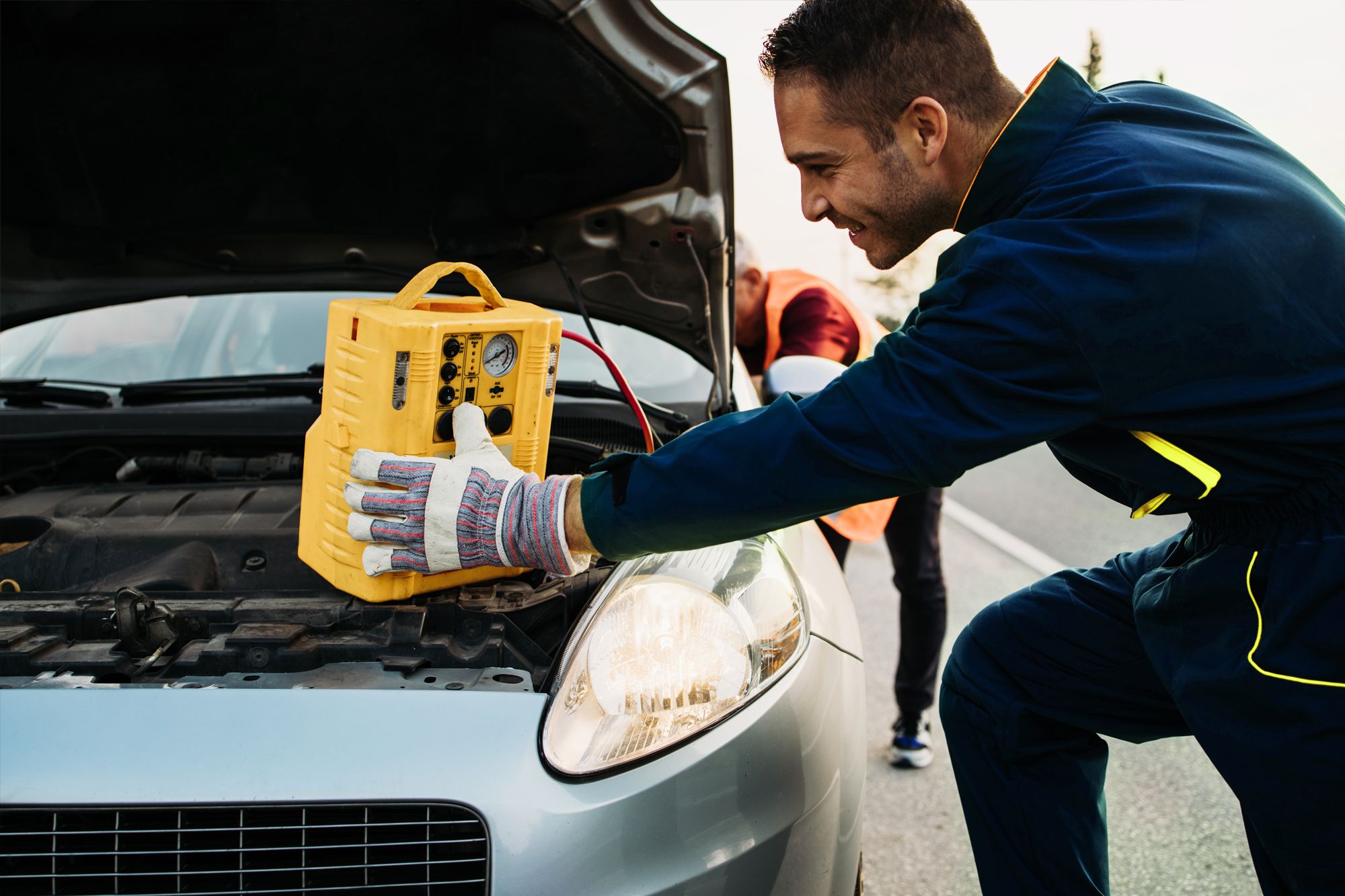All Categories
Featured

When it concerns vehicle repairs or upgrades, one of the most vital choices you'll deal with is whether to select Original Devices Maker (OEM) parts or aftermarket components. Both choices offer distinctive advantages and disadvantages, so recognizing the distinctions in between them is important for making an informed decision. In this short article, we'll explore the advantages and constraints of OEM and aftermarket parts to assist you determine which is finest matched for your cars and truck.
What Are OEM Parts? OEM components are produced by the exact same supplier that made the initial elements in your car. These parts are developed to meet the exact requirements of your car, guaranteeing they are a precise fit and use the very same performance as the parts that included the lorry when it was very first developed. OEM parts are usually thought about the "factory requirement" since they come directly from the auto's supplier or an accredited supplier.

Among the primary benefits of using OEM components is their guaranteed high quality. Since these parts are made to the exact same standards as the originals, they commonly offer an excellent fit and trustworthy performance. In addition, many OEM components feature a warranty, providing you satisfaction that you'll be secured in case of issues.
What Are Aftermarket Parts? Aftermarket components are made by third-party manufacturers that are not associated with your car's initial supplier. These parts are developed to fit a vast selection of vehicles and are normally cheaper than OEM parts. Aftermarket components can be made use of for routine repair services or upgrades, and they commonly supply a more comprehensive series of choices contrasted to OEM parts.

The primary charm of aftermarket parts is their cost. They are generally priced lower than OEM parts since they are created by independent suppliers. In addition, aftermarket parts might give much better efficiency or extra features not available in OEM options. For example, aftermarket exhaust systems, brake pads, and suspension parts typically use improvements in performance or appearances that could not be located in OEM parts.
Advantages of OEM Parts. Accuracy and Compatibility: OEM components are created particularly for your lorry's make and version, ensuring they fit perfectly and execute to the specific specs called for. Warranty Protection: Many OEM components feature guarantees, offering coverage in situation of defects or premature failing. Top quality Assurance: Because OEM components are made by the initial supplier, they go through the exact same rigorous top quality control criteria as the parts mounted in your lorry when it was first constructed. Resale Worth: If you intend to offer your car, having OEM parts can aid preserve its resale value, as prospective buyers may be much more interested in a lorry that has actually been repaired with initial elements. Advantages of Aftermarket Parts. Expense Savings: Aftermarket parts are usually much less costly than OEM components, which can be a significant advantage if you get on a spending plan or wish to save cash on repair services. Selection and Modification: Aftermarket parts give a wider variety of choices, consisting of efficiency upgrades and visual improvements. If you want to enhance horsepower or boost your vehicle's look, aftermarket choices can supply one-of-a-kind solutions. Accessibility: Aftermarket components are commonly much easier to find than OEM parts, especially for older cars that may no longer have easily offered OEM parts. Efficiency Improvements: Some aftermarket components are made with performance in mind, such as high-performance brakes, air filters, or exhaust systems. These components can enhance your lorry's general efficiency and driving experience. Disadvantages of OEM Components. Higher Price: One of the most considerable drawback to OEM parts is their price. They are typically extra pricey than aftermarket options, which can accumulate quickly if your car needs numerous repair services. Minimal Personalization: OEM parts are created to recover your lorry to its initial specifications, suggesting they may not provide the same series of customization options as aftermarket parts. Availability Issues: Relying on the age of your lorry, particular OEM parts may be more challenging to locate or ceased, making repair work much more difficult. Disadvantages of Aftermarket Parts. Inconsistent Quality: While many aftermarket components are of top quality, others might be inadequately made or lack the resilience of OEM components. It is necessary to look into the producer and check out reviews to ensure the top quality of the component you're thinking about. Fitment Issues: Aftermarket parts are developed to fit a wide variety of vehicles, yet they might not always use the perfect fit that OEM parts assure. This can bring about installation concerns or suboptimal efficiency. No Guaranteed Service warranty: While some aftermarket components come with warranties, they might not be durable or as comprehensive as those offered by OEM components. In some instances, utilizing aftermarket parts might likewise influence your automobile's guarantee insurance coverage if it's still active. Exactly how to Choose Between OEM and Aftermarket Parts. The decision between OEM and aftermarket components inevitably relies on your certain needs, choices, and budget. Right here are a few considerations to aid lead your option:
Budget plan: If conserving money is a concern, aftermarket components are usually the more cost effective alternative. Be conscious that less costly components might not last as long as OEM components, which could result in greater prices down the roadway. Lorry Age and Condition: For more recent cars, particularly those under service warranty, it's commonly an excellent concept to select OEM parts to preserve the cars and truck's integrity and protect its resale worth. For older automobiles, aftermarket components may be extra practical, especially if the automobile is no longer under guarantee or if you're attempting to prolong its lifespan with cost-effective solutions. Repair Service Kind: Particular vital repairs, particularly those related to safety (brakes, airbags, etc), are best managed with OEM components to make sure the highest degree of safety and security and efficiency. For non-essential repairs or modifications, aftermarket parts can offer a superb equilibrium of quality and price. Efficiency and Customization: If you're trying to find performance upgrades or special customization options, aftermarket components may be the ideal choice. Numerous aftermarket producers style components especially for improving your cars and truck's capabilities, whether it's for better efficiency or appearances. Final thought. Both OEM and aftermarket components have their disadvantages and pros, and the best option depends on your details demands and priorities. OEM components are optimal for maintaining the original top quality and performance of your vehicle, while aftermarket parts use price savings, personalization alternatives, and a broader array of options.
Latest Posts
Discovering the Benefits of WyHy Share Interest-bearing Account
Published Apr 20, 25
1 min read
Secure Your Home with Seamless Gutter Solutions for Illinois Climate
Published Apr 20, 25
1 min read
Your Roof Covering Substitute Journey: A Complete Walkthrough
Published Apr 20, 25
2 min read
More
Latest Posts
Discovering the Benefits of WyHy Share Interest-bearing Account
Published Apr 20, 25
1 min read
Secure Your Home with Seamless Gutter Solutions for Illinois Climate
Published Apr 20, 25
1 min read
Your Roof Covering Substitute Journey: A Complete Walkthrough
Published Apr 20, 25
2 min read